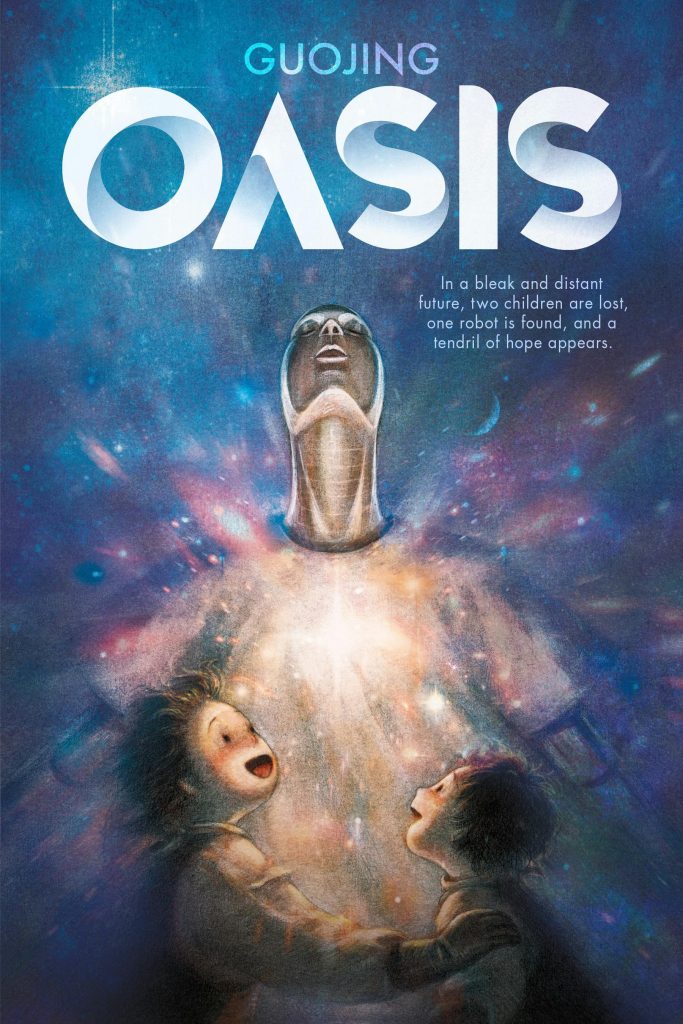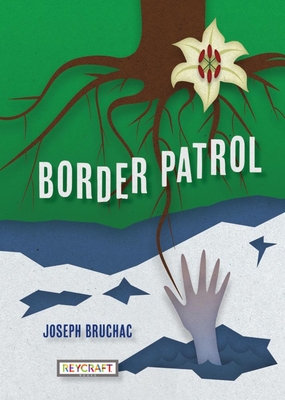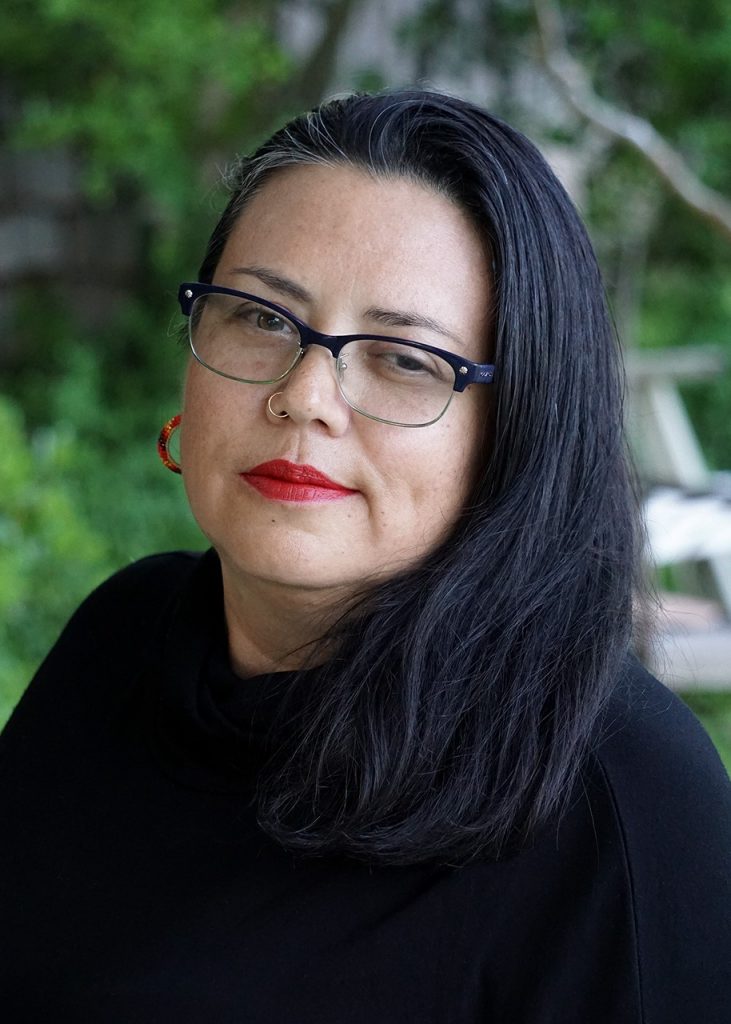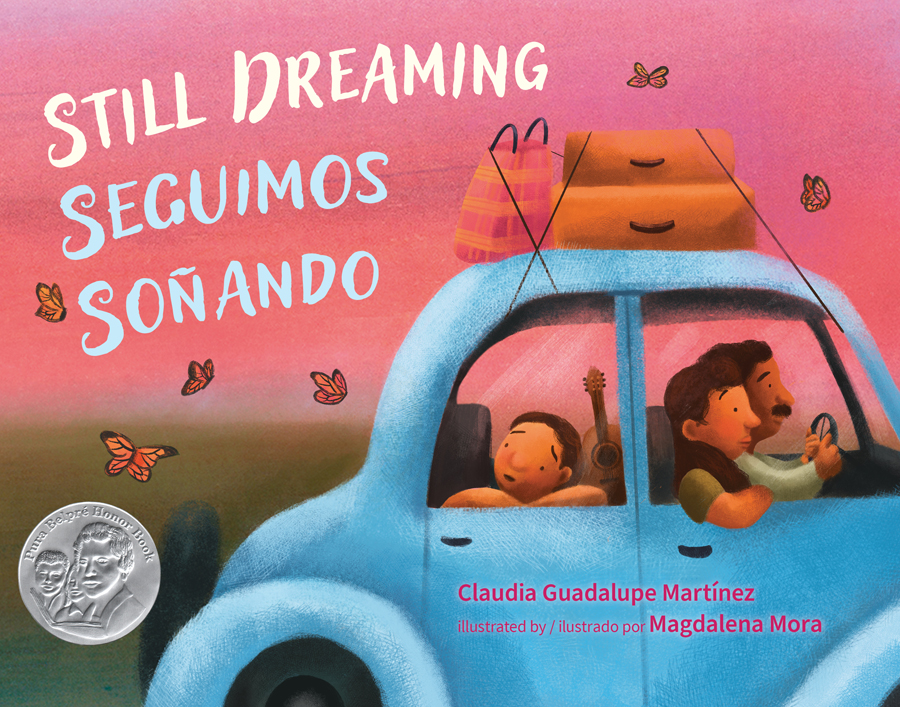By Abby Ballas, University of Arizona, Tucson, AZ
 “If you have to be a cartoonist, you’ll be a cartoonist,” as was the case for Terry LaBan, who discovered his calling in grade school as “the kid who could draw.” Since then, LaBan has led a successful cartooning career, starting with his work at Ann Arbor News where he composed political cartoons. He has also published works with notable comics publishers such as Fantagraphics, Dark Horse and DC Vertigo, but his longest position was with Egmont, with whom he wrote Donald Duck comics for 14 years for Europe’s substantial Donald Duck fanbase. LaBan spent an even longer period working with his wife, Patty LaBan, on Edge City, a comic centered around a Jewish family modeled after the LaBans. Terry LaBan’s most recent work, Mendel the Mess-Up, reflects his intrigue with historical societies while paying homage to his Jewish ancestry. Mendel the Mess-Up is a wholesome and humorous middle-grade graphic novel featuring a 12-year-old Jewish boy prone to accidentally wreaking havoc within his shtetl (a little Jewish village located in Eastern Europe before the Holocaust). Continue reading
“If you have to be a cartoonist, you’ll be a cartoonist,” as was the case for Terry LaBan, who discovered his calling in grade school as “the kid who could draw.” Since then, LaBan has led a successful cartooning career, starting with his work at Ann Arbor News where he composed political cartoons. He has also published works with notable comics publishers such as Fantagraphics, Dark Horse and DC Vertigo, but his longest position was with Egmont, with whom he wrote Donald Duck comics for 14 years for Europe’s substantial Donald Duck fanbase. LaBan spent an even longer period working with his wife, Patty LaBan, on Edge City, a comic centered around a Jewish family modeled after the LaBans. Terry LaBan’s most recent work, Mendel the Mess-Up, reflects his intrigue with historical societies while paying homage to his Jewish ancestry. Mendel the Mess-Up is a wholesome and humorous middle-grade graphic novel featuring a 12-year-old Jewish boy prone to accidentally wreaking havoc within his shtetl (a little Jewish village located in Eastern Europe before the Holocaust). Continue reading











